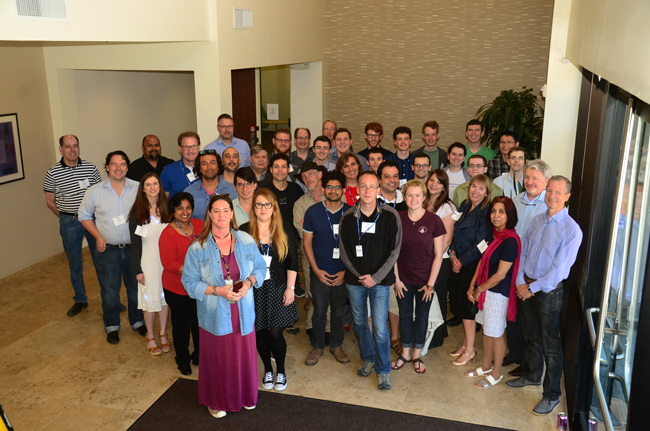A ještě přidám čerstvý SETIinst FB live: dnes "mladá krev" NASA Frontier Development Lab (FDL), hosted at the SETI Institute.
https://www.facebook.com/SETIInstitute/videos/10155414100585535/
FDL is an applied artificial intelligence research accelerator and public/private partnership between NASA Ames Research Center
and the SETI Institute. The program tackles knowledge gaps in space science by pairing machine learning experts with astronomy and
planetary science expertise. Interdisciplinary teams address tightly defined problems with meaningful application to the space program.
Participants are set up in five teams consisting of four members:
Planetary Defense: Long Period Comets
Provide more warning time for long-period comet impacts by applying deep learning to meteor shower observations
Planetary Defense: Radar 3D Shape Modeling
Develop a methodology to automate the backlog of neo radar imagery that requires shape modeling – and also improve the resolution of the result
Space Resources: Lunar Water & Volatiles
Determine the location and most promising access points for vital lunar H2O, in terms of cost effectiveness and engineering constraints
Space Weather: Solar-Terrestrial Interactions
Improve understanding of solar influence on Earth’s magnetosphere and atmosphere
Space Weather: Solar Storm Prediction
Discovering new relationships and agents to help predict major solar events
A sixth team comprised of undergraduate students will address AI and the space sciences by exploring the application
of AI as a breakthrough capability for the space program, informed by the experience of FDL and its partner network.
